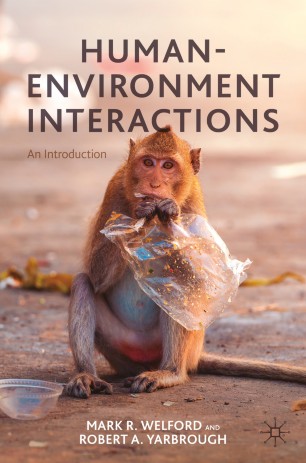

Most ebook files are in PDF format, so you can easily read them using various software such as Foxit Reader or directly on the Google Chrome browser.
Some ebook files are released by publishers in other formats such as .awz, .mobi, .epub, .fb2, etc. You may need to install specific software to read these formats on mobile/PC, such as Calibre.
Please read the tutorial at this link: https://ebookbell.com/faq
We offer FREE conversion to the popular formats you request; however, this may take some time. Therefore, right after payment, please email us, and we will try to provide the service as quickly as possible.
For some exceptional file formats or broken links (if any), please refrain from opening any disputes. Instead, email us first, and we will try to assist within a maximum of 6 hours.
EbookBell Team

4.7
96 reviewsThis textbook explores the growing area of human-environment interaction. We live in the Anthropocene, an era dominated by humans, but also by the positive yet destructive environmental feedbacks that are poised to completely reset the relationships between nature and society. Modern and historic political, social, and cultural processes and physical landscape responses determine the intensity of these impacts. Yet different cultural groups, political and economic entities view, react to, and impact these human-environmental processes in spatially distinct and divergent ways.
Providing an accessible, up-to-date, approach to human-environment interactions with balanced coverage of both social and natural science approaches to core environmental issues, this textbook is an integrative, multi-disciplinary offering that discusses environmental issues and processes within the context of human societies. The book begins by addressing the three most pressing issues of our time: climate change, threshold exceedance, and the 6th mass extinction. From there the authors identify within chapters on resources, population, agriculture and urbanization what precipitated and continues to sustain these three issues. They end with a chapter outlining some practical solutions to our human-environment crises.
The book will be a valuable resource for interdisciplinary environment related courses bridging the gap between the social and natural sciences, human geographies and physical geographies.